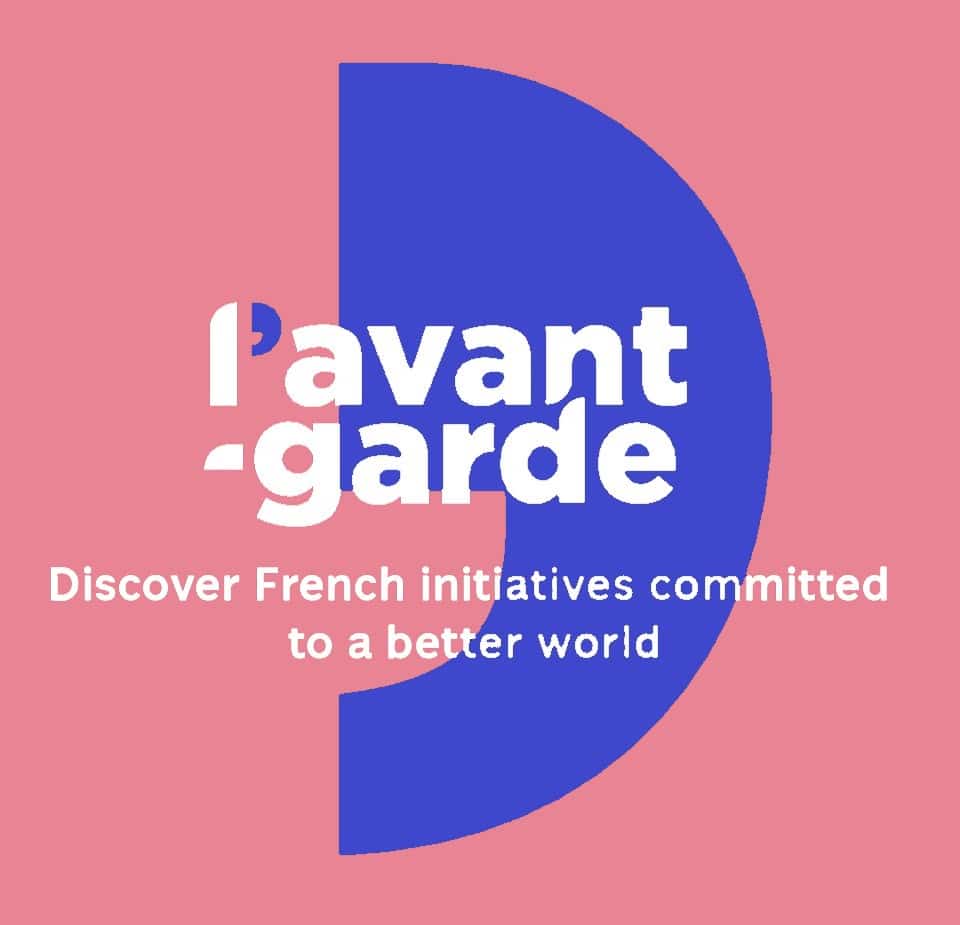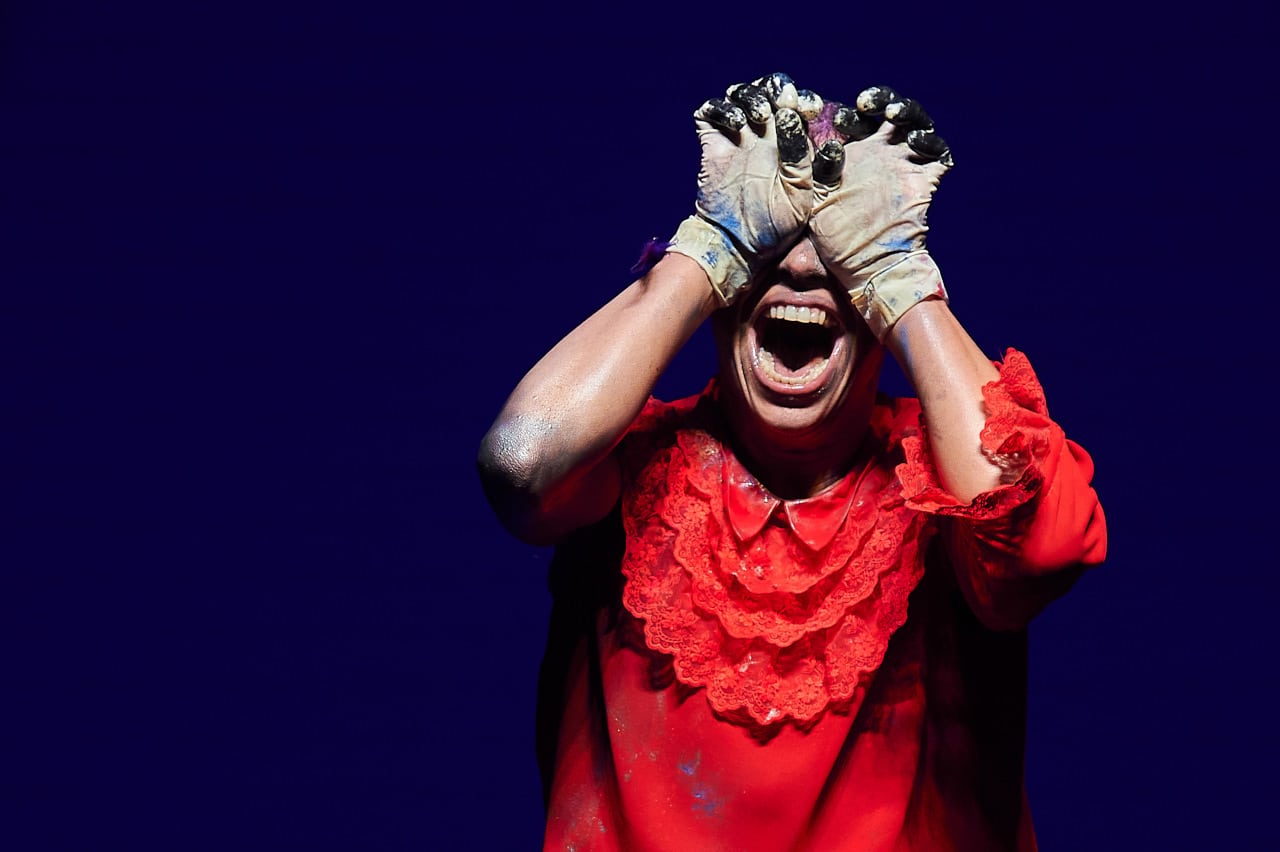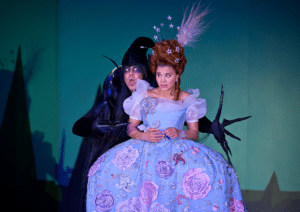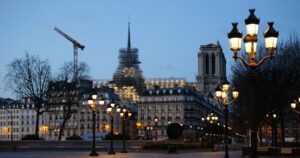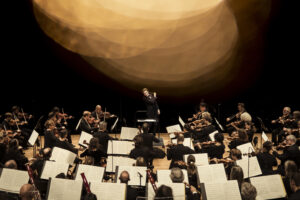Since the first edition in 1972, the Festival has devoted a significant place to the programming of American artists and has participated in the significant artistic careers of major figures as Robert Wilson, Merce Cunningham or Lucinda Childs.
Why go through the trouble of bringing international artists to Paris?
The Festival d’Automne à Paris exists to promote the contemporary creation of art in theater, music, dance, and visual arts to a large audience.
“The Festival tries to step in during a pivotal moment of the artists’ lives and careers. We back them with a pure belief in their capacity to push the boundaries of their discipline. This 2022 edition’s Marlene Monteiro Freitas’ Portrait is the best example” Clémence Atallah, Head of Patronage and Development, said.
Previously unknown in Europe or mid-career creators can quickly become “known” with all the press leading up to the Festival and the growing interest of an international professional community who follow the Festival program very closely. Guest artists are also granted a full range of support, especially in terms of production, communication and sponsoring.
Partnerships are key
The Festival joins forces with about 60 venues, leading arts institutions, in central and suburban Paris – theaters, museums, galleries, and the like (Centre Pompidou, Louvre Museum, Théâtre de Chaillot, Opéra de Paris.).
The partnerships might not always make sense at first glance, but that’s part of the beauty. For example, the Paris-Villette theater, which does not traditionally focus on international programming, has staged this year the work of Wichaya Artamat, a Thai director in the frame of the Festival d’Automne. The theater’s main audience isn’t used to seeing that type of international performance, played in a foreign language. And that’s what is neat about this Festival, the circulation of the audiences and the shared artistic risk-taking through arts institutions partnerships.
Moreover, the Festival works in partnership on a regular basis with institutions and festivals in cities around the world. This year, it was able to organize a French and European tour for Wichaya Artamat’s company to promote his work and for sustainability reasons, avoiding round trips with Thailand.
The impact of conversations
One of the most impactful aspects of these programs are the conversations facilitated before or after the performance, the exhibition. Student groups, for example, often get to talk directly with the creator before or at the end of a performance and ask them the questions they want. These moments encourage participants to return for another performance on their own time.
In large and small ways, the Festival d’Automne helps build bridges among diverse groups of people who wouldn’t otherwise cross paths. It helps expand people’s appreciation of the arts and brings the world a little closer to understanding one another.
Another example of virtuous conversation is the constant dialogue the Festival d’Automne maintains with its Patrons. For more that 30 years, they have worked to shape the future of the Festival through their collective and faithful commitment, by helping the Festival revealing ambitious art pieces, taking risks, accompanying artists and raising public awareness.
What’s next for the Festival d’Automne à Paris?
The core of the Festival remains true to its original roots. And as more artists and venues take part, the Festival continues to grow in serving the world’s creators and the people of Paris and its suburbs.
Since the global pandemic, the Festival has forged new links with the fields of Health, Education and Social services in order to anchor its artistic actions in social realities. Today’s Festival incorporates issues of parity, diversity, inclusiveness and sustainability into all its reflections and actions.
Thanks to the partnership with Friends of Fondation de France, American patrons can help current and future generations of artists, including American artists and Americans living in France, to be part of the Festival d’Automne à Paris adventure by being revealed to the Parisian art scene.
